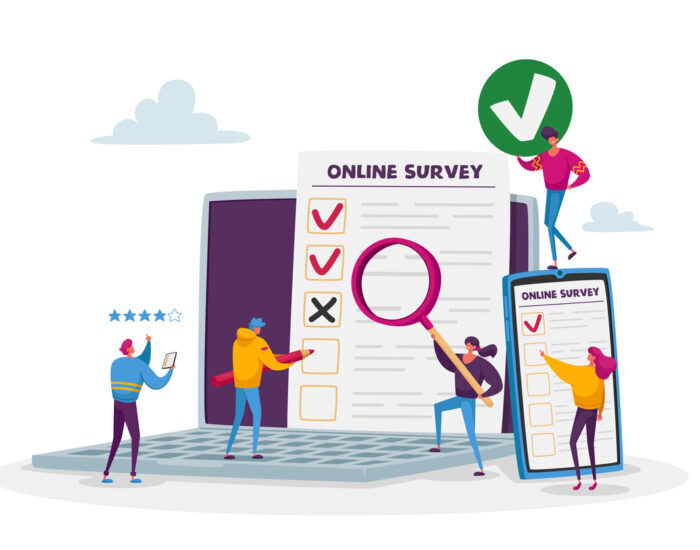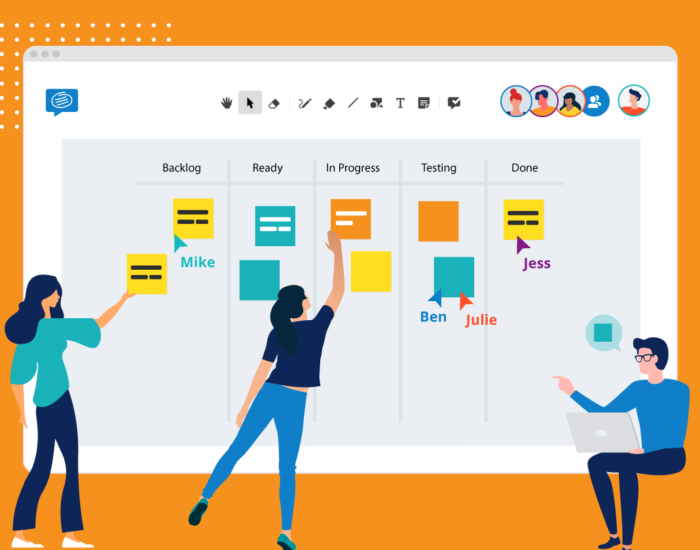Digital transformation is reinventing business practices.
Now a days technological capabilities are continuously making upgrades and in order to stay ahead, businesses must be agile and innovative in creating new methods as they incorporate these digital technologies into their business practices. To stay competitive in any market, having a digital transformation strategy is fundamental.
The change from business to digital is not usually easy to start with, our digital environment changes quickly and variable. Staying up to date can be challenging and leave many in doubt in how to proceed. This is where design thinking comes in.
Design thinking is a five step, design methodology that does not present a solution at first but reviews both present and future details of a problem and searches for different solutions.
Digital transformation presents issues that are complicated and unspecified. So using design thinking to take in your organization’s digital transformation helps deal with these problems by interacting with consumers and come up with solutions.
Design thinking is made up of five steps: empathize, define, ideate, prototype and test.
Empathize
A fundamental element to digital transformation is making an excellent experience for the customer. In order to achieve this, it is important to relate with them, to comprehend their inspiration and needs.
The problems we are solving are not often our own, so we shouldn’t presume to know how the customer will act.
Instead take a look as they interact with you service. Take note of what they search in Google or on the site, study click-stream data to see how they are interacting with your site or app, review chat logs to see what they are asking customer service reps, or even make surveys with your customers to ask them questions of what they want the digital experience to be.
Also, very important is field trips to what how customers interact with current alternatives, how they solve their needs, from observation one can learn a lot.
To really understand where the customer’s friction points are along the digital journey will help you with the information you need to solve their issues.
Define
The define stage brings transparency to the problems you are trying to solve. What you have learned from the empathize stage will help you find where you need to focus your time and energy.
After exanimating this information, it’s time to create a problem statement. The problem statement should be focused on a specific issue and adjust toward the user. We are trying to help our customers because we want them to have a good experience.
This stage can be challenging because you will find many problems that need attention. However the point of this phase is not to overwhelm, but to help prioritize them into individual, and possible opportunities.
Ideate
Now that we have the definitive problem, It’s time to create some ideas in how to fix it. In this phase it is important to brainstorm by using a group of persons in order to develop a variety of creative ideas. You shouldn’t be overthinking or coming up with one solution. The Ideate phase is quick, creative and collaborative.
Prototype
In this step the team will experiment with diverse types of inexpensive and simple models to quickly target and validate your solution ideas. Prototypes should be tested in a small group.
Observe the way people interact with the prototype, then get feedback and use this information to change and improve the next model. This phase should be very quick with efficient improvements. Create a safe environment where it is Okay to fail and learn from those failures to continually progress.
At the end of this phase, you should know what works and what doesn’t and how the customers feel when interacting with your service.
Test
Constantly testing your prototypes is an opportunity to improve. Every interaction with a customer is an opportunity to learn and improve the customer service. In the testing phase, you recollect information from the previous stages in the design thinking process.
The quest for better customer experience is never ending. We should be constantly testing to come up with new ideas to improve and add value to our provided service.
I’ll explain more in depth in future post, what is Minimum Valuable Service, or MVS. Lightly different from MVP or Minimum Viable Product
In the world we live today, using digital transformation for all business practices is a must, and design thinking methodology is a practical way to tackle the issues this transition presents.
Either you follow the stages above or discover your own design thinking processes; using these methods will help your company incorporate digital technologies and innovate.
AboutMSc. Adrian Lopez
An entrepreneur at heart with over 15+ years of experience in building awesome tech teams for web applications, digital transforming eCommerce and fintech, helping companies growth and managing product development.
My focus is on business development with an outstanding customer support mindset.
I love working with startups, bringing value to the firm early but also working with scale corporate companies helping them evolve in their digital journeys.
Loves all things SaaS, technology, and startups.
I am passionate about what I do, results driven, proactive and team oriented. Sports enthusiast, love running, biking, swimming and outdoor activities.






